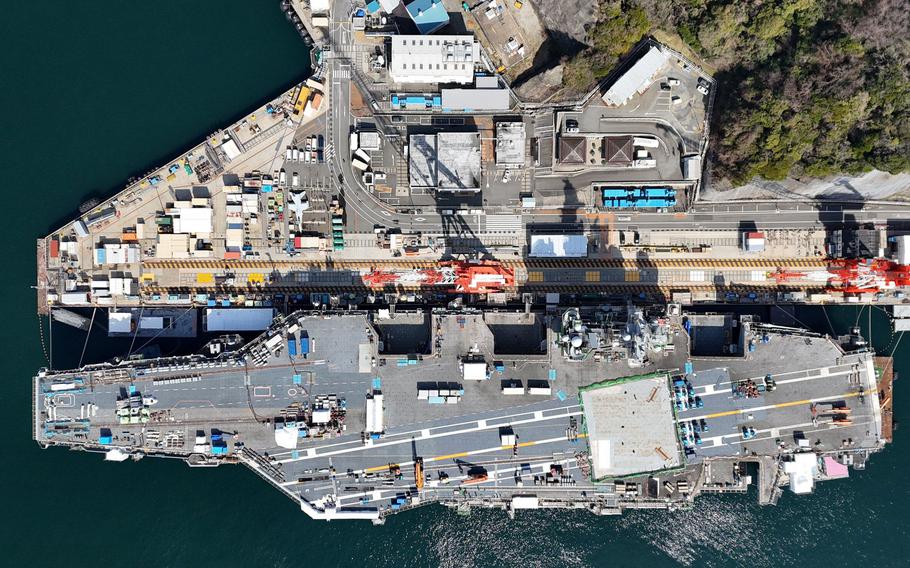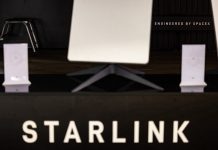The United States Department of Justice has charged a Chinese citizen for using a drone to capture images of a Virginia shipyard engaged in the construction of US Navy nuclear submarines.
The case, reported by Wired magazine, represents uncharted territory within legal proceedings. It is ‘the first case of its kind’ under a long-standing law dating back to World War II, which prohibits the aerial documentation of crucial military installations.
The accused, Fengyun Shi, a graduate student at the University of Minnesota, faces six Espionage Act misdemeanors. The charges stem from an incident on January 5, 2024, when Shi, on leave from his studies, traveled to Virginia and rented a car.
An affidavit filed by FBI special agent Sara Shalowitz outlines the events leading to Shi’s arrest. On January 6, 2024, Shi was purportedly flying a drone in adverse weather conditions near a local shipyard.
When the drone became entangled in a neighbor’s tree, Shi approached the resident for assistance. Suspicious of Shi’s nationality and motives, the neighbor alerted authorities and provided photographic evidence of the encounter.

Upon seizing the drone and analyzing its contents, law enforcement officials allegedly discovered incriminating images believed to have been taken at Newport News Shipyard and BAE Systems, both critical sites involved in the construction of naval vessels, including classified nuclear submarines.
According to the affidavit, the Newport News Shipyard was actively producing aircraft carriers and Virginia-class nuclear submarines on the day Shi took the photographs.
“Naval aircraft carriers have classified and sensitive systems throughout the carriers. The nuclear submarines present on that date also have highly classified and sensitive Navy Nuclear Propulsion Information (NNPI), and those submarines, even in the design and construction phase, are sensitive and classified,” stated the affidavit, highlighting the gravity of the situation.
The Department of Justice is pursuing charges against Shi under the Espionage Act, accusing him of six misdemeanors related to photographing a vital military installation and utilizing an aircraft (UAV) for the purpose. Each misdemeanor carries a potential sentence of up to one year in prison.
As the case progresses, Shi has been placed under stringent conditions. This includes residing in Virginia under probation and surrendering his passport. Further, court filings suggest that he requires a translator, indicating potential language barriers complicating legal proceedings.
Chinese Drones Over Critical Defense Assets
The legal proceedings against Fengyun Shi highlight a concerning trend involving the use of drones by Chinese nationals to capture sensitive defense assets, raising alarms within the United States.
In April and May, alarming reports surfaced of photographs and videos allegedly captured by a Chinese drone. These depicted the aircraft carrier, the USS Ronald Reagan, during its deployment at Japan’s Yokosuka Naval Base.
These images were disseminated on social media platforms, including X (formerly Twitter), stirring apprehensions regarding potential espionage activities targeting US military assets.
Although an investigation by the US Navy found no evidence of drone activity over the Ronald Reagan, the authenticity of the images remains uncertain.
Similarly, imagery emerged in April, depicting Japan Maritime Self-Defense Force facilities in Yokosuka, along with a video showcasing the helicopter destroyer JS Izumo docked at the base.

On May 9, the Japanese Ministry of Defense declared that a video circulating on social media, purportedly captured by a Chinese drone flying over the JS Izumo, was believed to be authentic.
“After carefully examining each of these points, we determined that there was no unnaturalness in the footage,” a Japanese official said.
In response to these developments, Japan has planned to expedite the deployment of advanced drone countermeasures and enhance its capabilities to neutralize unauthorized drone activity.
The country’s defense ministry noted, “We intend to ensure base security through initiatives such as the early introduction of more capable drone countermeasure equipment and thorough measures to take strict and prompt measures within the scope of the law, such as forcing the landing of illegal drones by jamming radio waves.”
Nonetheless, the escalating frequency of these incidents underscores the urgent need for the US and its allies to fortify their defenses against emerging threats posed by unmanned aerial vehicles.
- Contact the author at ashishmichel(at)gmail.com
- Follow EurAsian Times on Google News




